Most Common Volume Indicators on TradingView
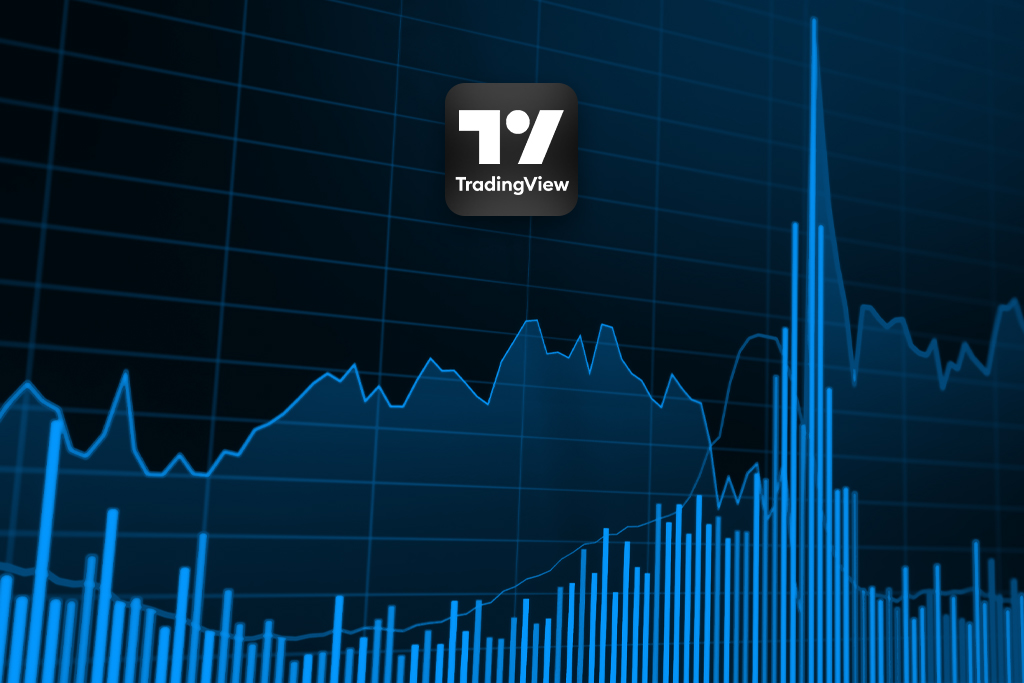
Volume indicators provide valuable insights into the strength and momentum of price movements. TradingView, a popular online platform for technical analysis and charting, offers a wide range of volume indicators that can assist traders in interpreting market dynamics. In this article, we will explore some of the most common volume indicators on TradingView and discuss their significance in CFD trading, using examples from different asset classes such as FX pairs, precious metals, and cryptocurrencies.
Volume
For FX pairs, the Volume indicator can be useful in confirming the strength of price movements. For example, if the price of the EUR/USD currency pair is rising with a significant increase in volume, it suggests a higher probability of a sustainable uptrend. Conversely, if the price is falling on high volume, it may indicate a stronger downtrend. Traders can compare the current volume to historical averages to identify anomalies and potential trading opportunities.
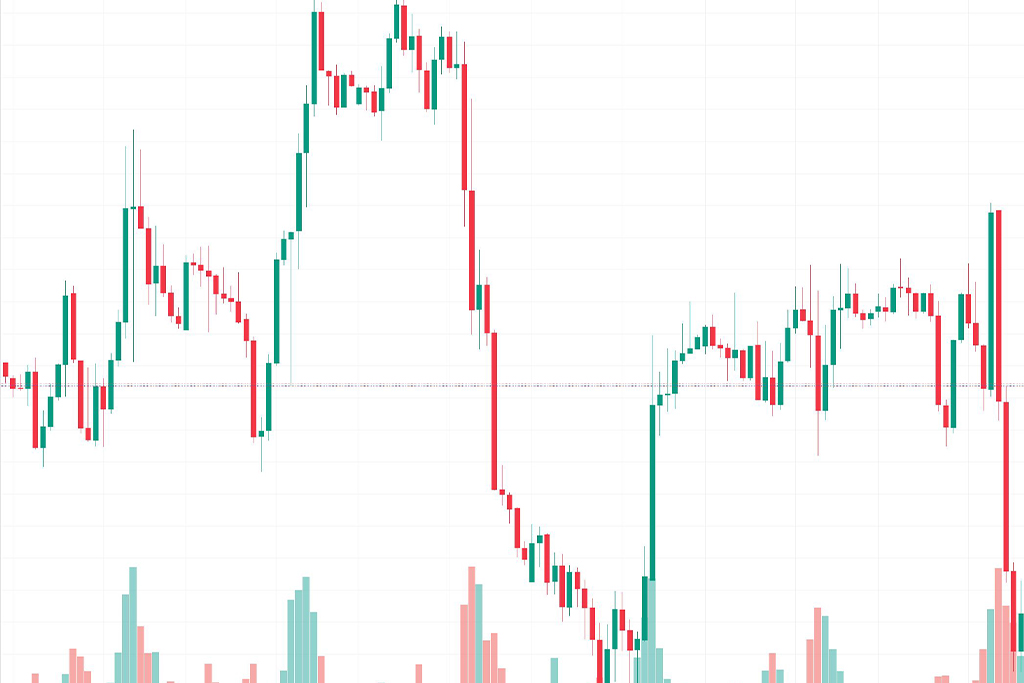
On-Balance Volume (OBV)
When analyzing precious metals like gold or silver, the On-Balance Volume (OBV) indicator can be applied. For instance, if the price of gold is increasing, but the OBV is declining or showing a bearish divergence, it might indicate that selling pressure is building up, potentially signaling a trend reversal or a temporary pullback.
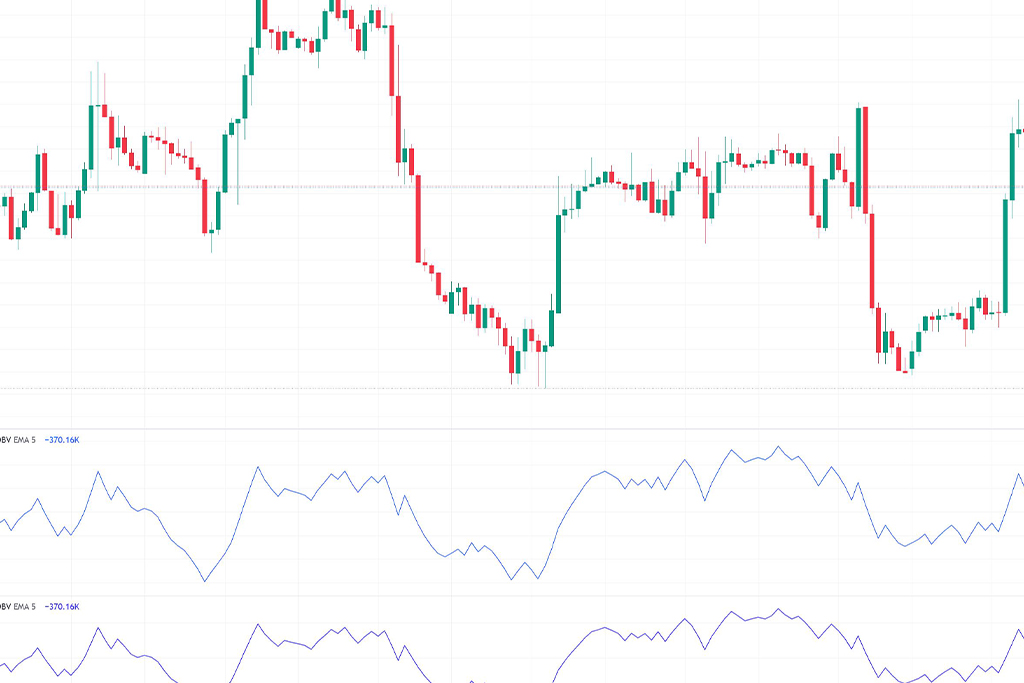
Accumulation/Distribution Line (A/D Line)
The Accumulation/Distribution Line (A/D Line) can be used for analyzing cryptocurrencies such as Bitcoin or Ethereum.
For example, if the price of Bitcoin is consolidating in a range while the A/D Line is rising, it indicates that there is more buying pressure than selling pressure, potentially suggesting an accumulation phase. Traders may interpret this as a bullish sign, anticipating a potential breakout to the upside.
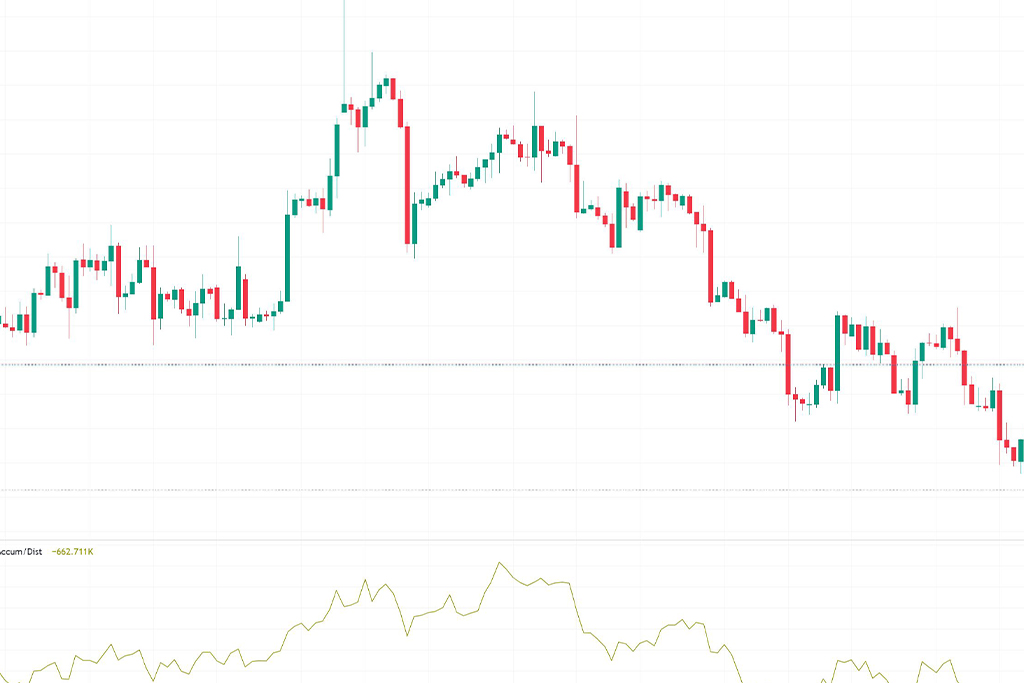
Chaikin Money Flow (CMF)
For instance, if a particular stock is experiencing a sharp decline in price, but the CMF is rising, it suggests that institutional investors may be accumulating shares, indicating a potential buying opportunity. Conversely, if the CMF is declining along with the price, it might indicate selling pressure and a potential downtrend.
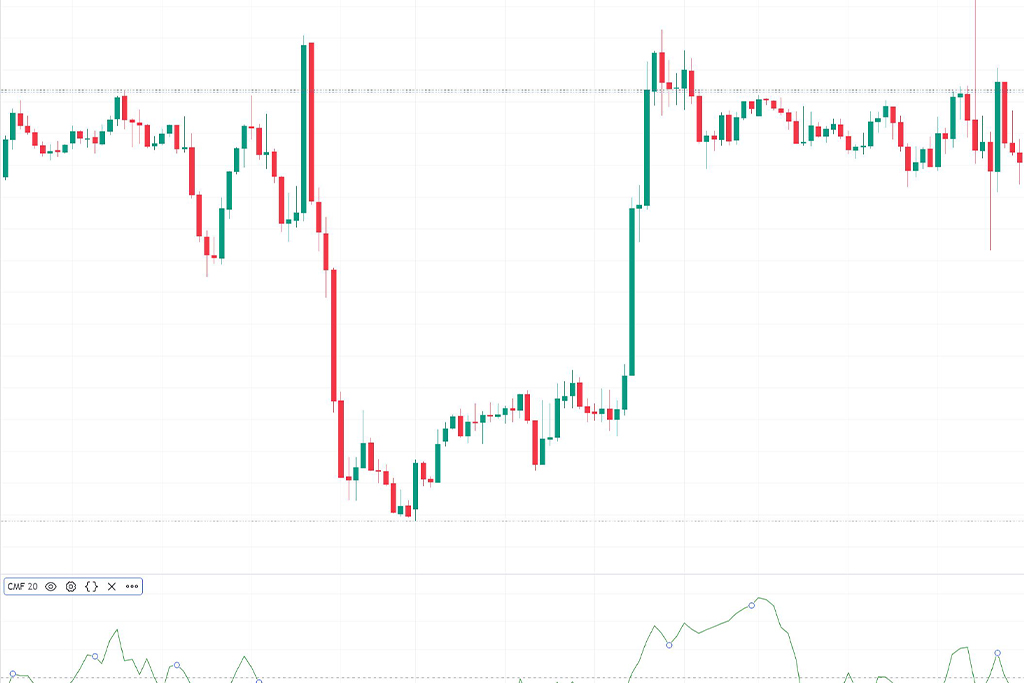
Money Flow Index (MFI)
The Money Flow Index (MFI) can be helpful in analyzing cryptocurrency markets. For example, if the MFI for a specific cryptocurrency reaches an extremely high value, such as above 80, it suggests that the asset is overbought and a price correction may be imminent. Conversely, if the MFI falls below 20, it indicates oversold conditions, potentially signaling a buying opportunity.
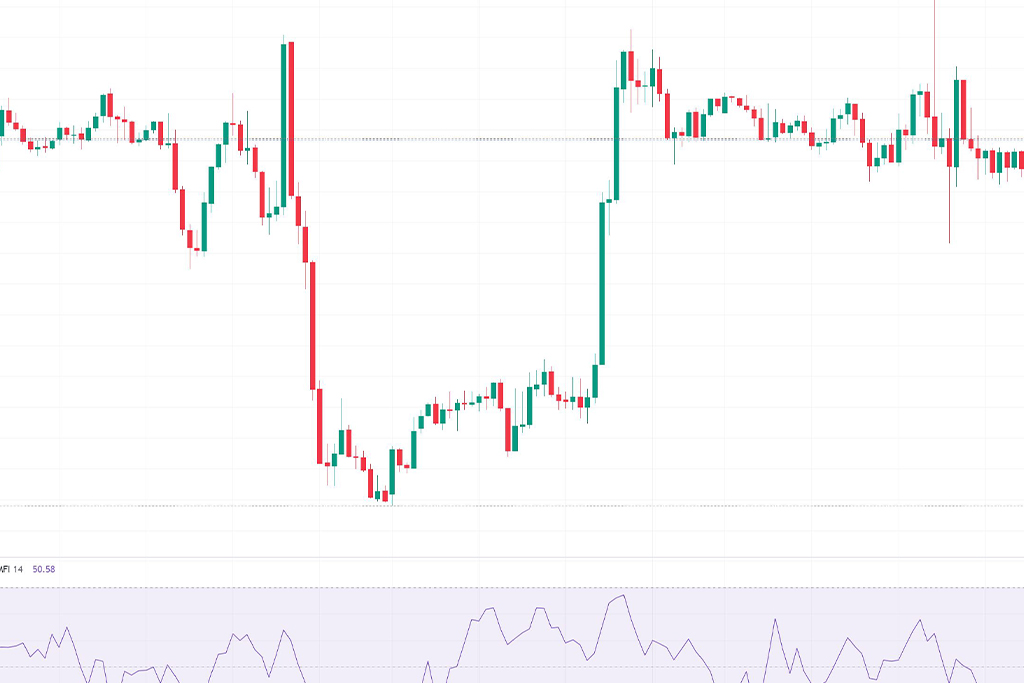
Volume Profile
For instance, when examining a volume profile chart of a cryptocurrency like Ethereum, traders can identify areas with the highest trading activity (represented by prominent peaks in the profile). These levels can act as potential support or resistance zones, influencing future price movements.
While TradingView provides a comprehensive collection of built-in volume indicators, the platform also allows users to create custom volume indicators using Pine Script, TradingView’s scripting language.
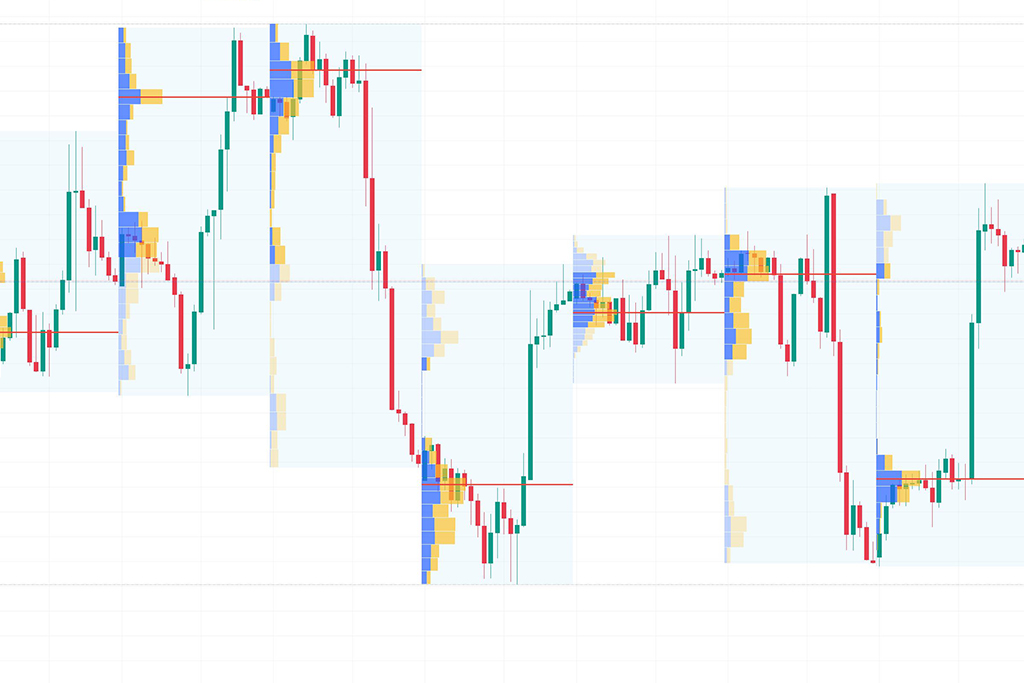
Let’s explore a few examples of custom-built volume indicators that traders can create on the TradingView platform.
Volume Weighted Average Price (VWAP)
The Volume Weighted Average Price (VWAP) is a widely used indicator that calculates the average price at which a security has traded throughout the day, weighted by volume. Traders can create a custom VWAP indicator using Pine Script by summing the product of price and volume for each bar, divided by the cumulative volume. The VWAP can be used to assess whether the current price is above or below the average price, helping identify potential overbought or oversold conditions.
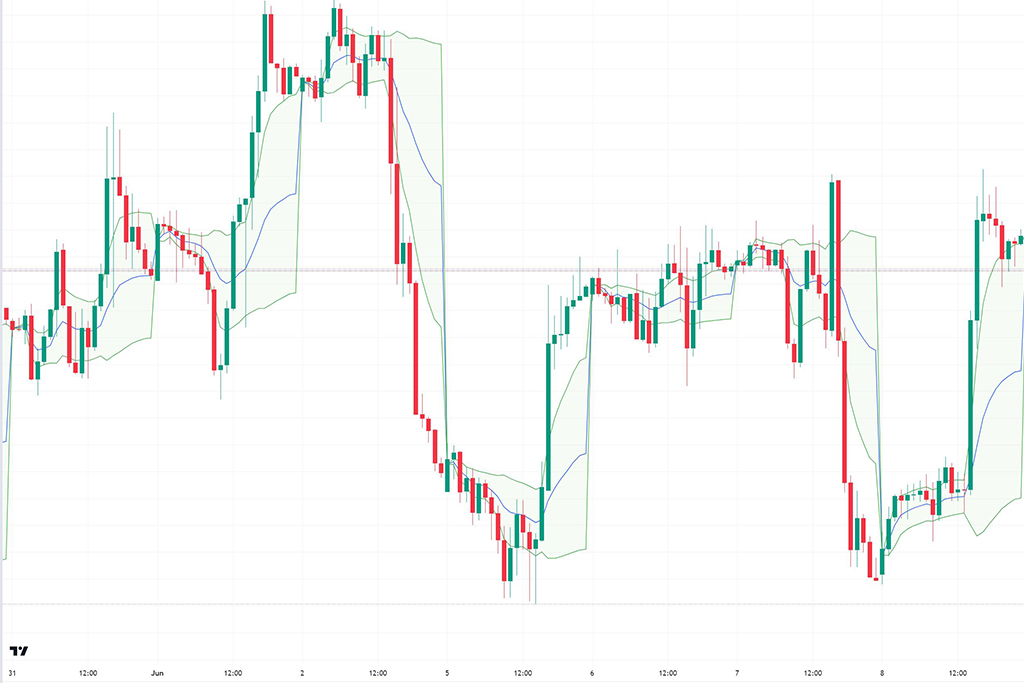
Volume Rate of Change (VROC)
The Volume Rate of Change (VROC) indicator measures the percentage change in volume over a specified period. Traders can customize this indicator on TradingView by comparing the current volume with the volume from a designated number of bars ago. By plotting the VROC, traders can identify significant shifts in volume, which may signal the initiation or exhaustion of a price trend.
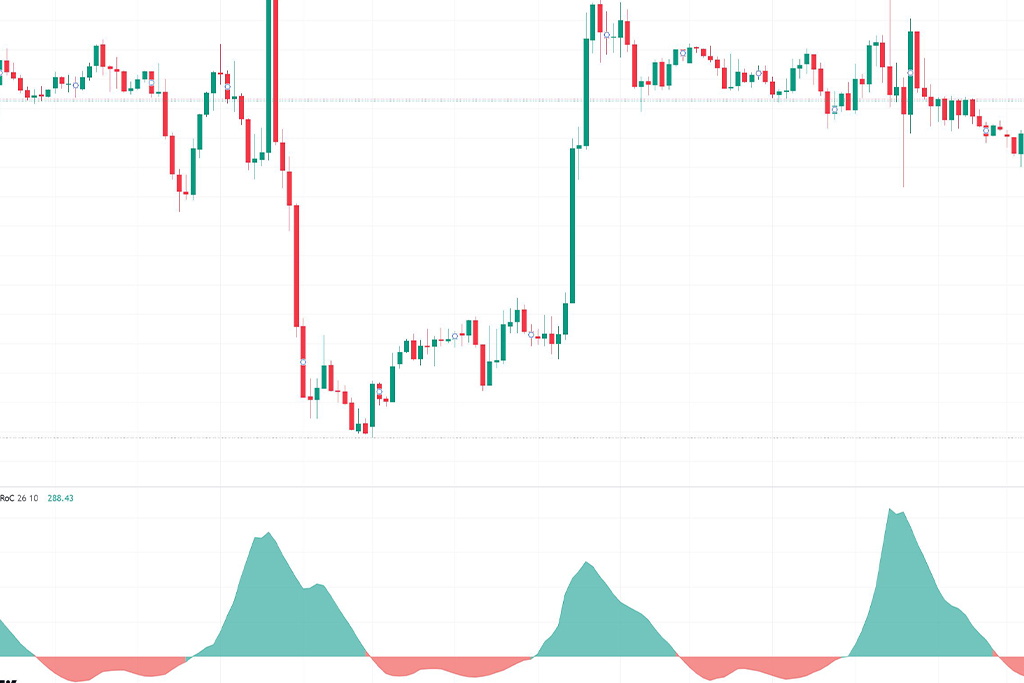
Volume Divergence Indicator
A custom volume divergence indicator can help traders spot divergences between price and volume. It compares the direction of price movement with changes in volume to identify potential discrepancies. For example, a bullish divergence occurs when the price is making lower lows while volume is increasing or remaining stable. Traders can create a custom volume divergence indicator using Pine Script by comparing price and volume data and plotting the divergence signals accordingly.
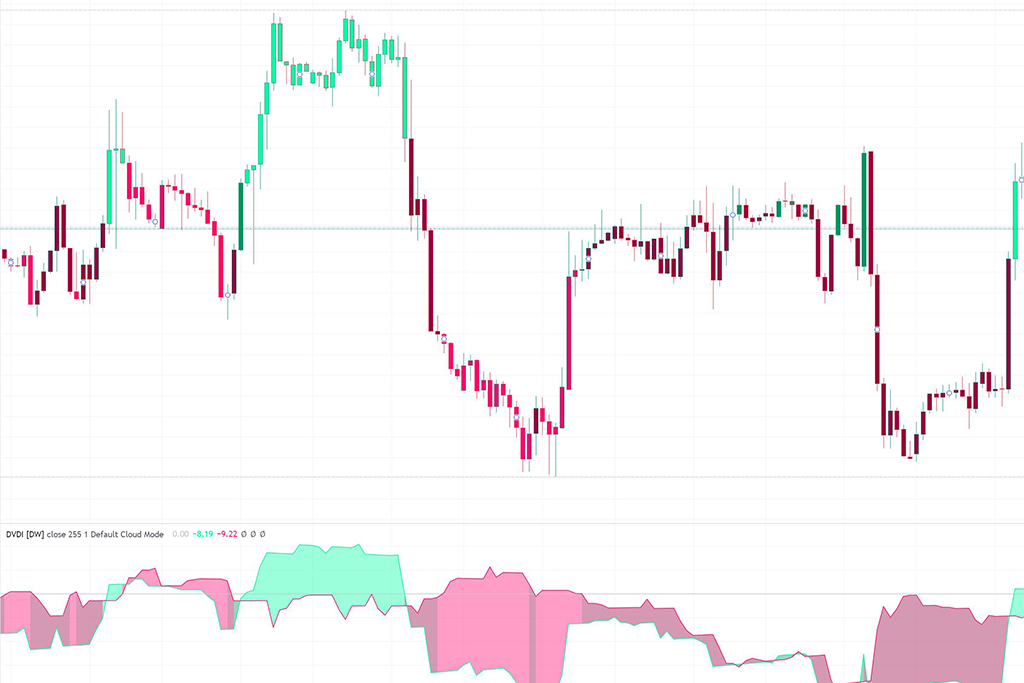
Volume Accumulation/Distribution Indicator
The Volume Accumulation/Distribution indicator calculates the net accumulation or distribution of volume over a specified period. Traders can customize this indicator by summing the volume for up bars and subtracting the volume for down bars, creating a running total. This custom indicator can help identify periods of accumulation or distribution and assess the strength of buying or selling pressure.
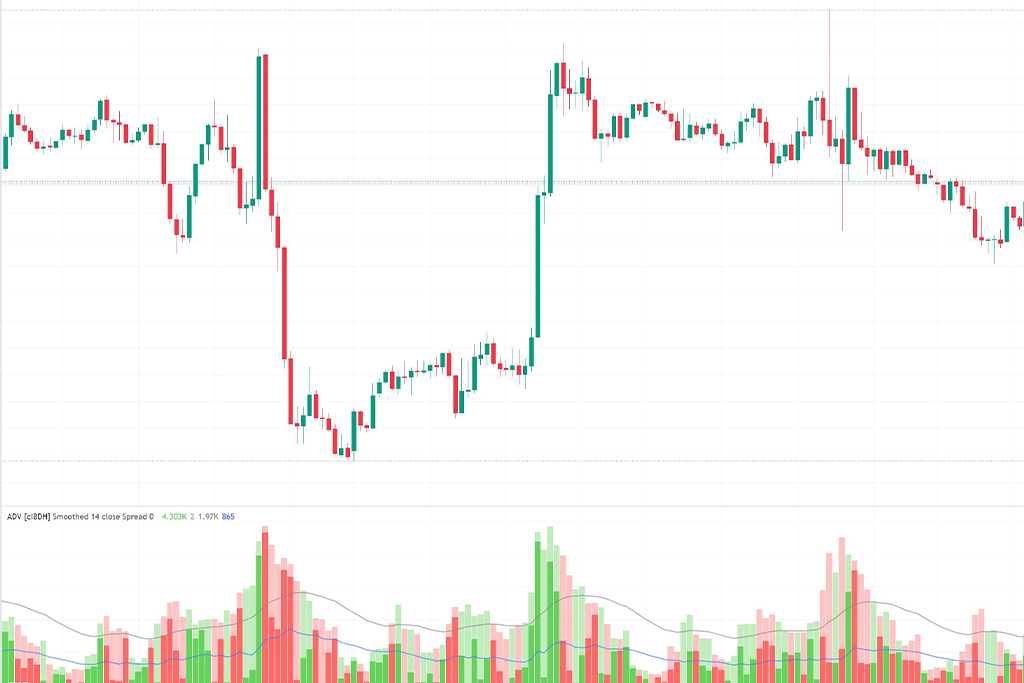
Volume Oscillator
A custom volume oscillator can be developed on TradingView to gauge the relationship between two different volume moving averages. Traders can define specific periods for the short-term and long-term volume averages and calculate the difference between them. By plotting the oscillator, traders can identify overbought or oversold conditions based on the convergence or divergence of the two moving averages.
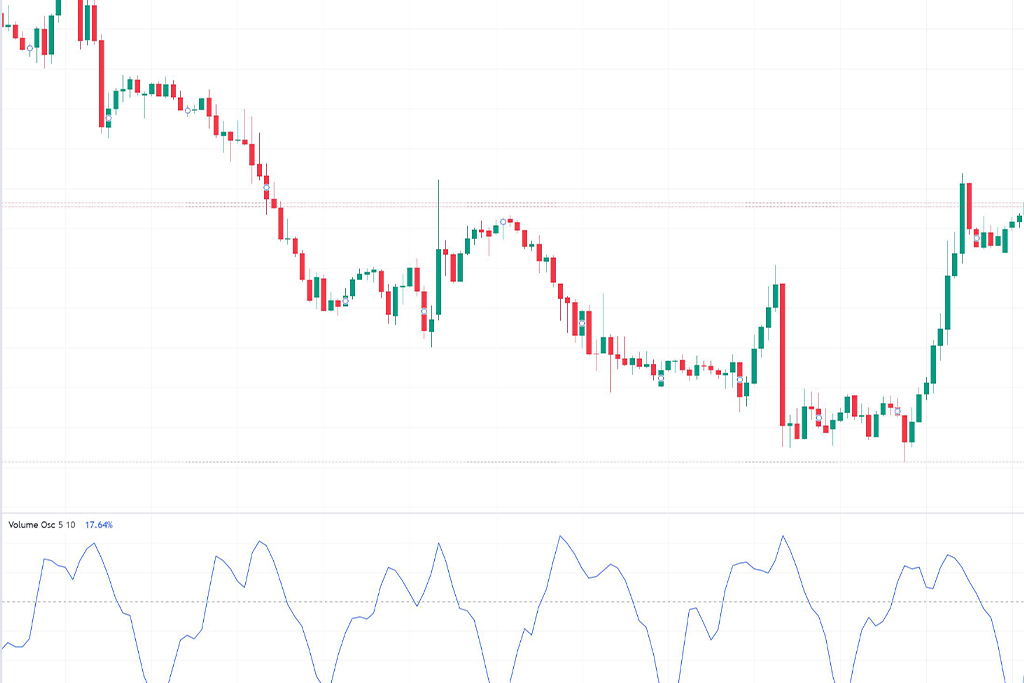
Volume Profile Delta
Volume Profile Delta is a custom indicator that plots the difference between the volume traded at each price level and a user-defined reference level. Traders can customize this indicator by specifying the reference level (e.g., VWAP, previous close, or a custom level) and calculating the delta between the volume at each price level and the reference level. This indicator can provide insights into the strength of buying or selling pressure at different price levels.
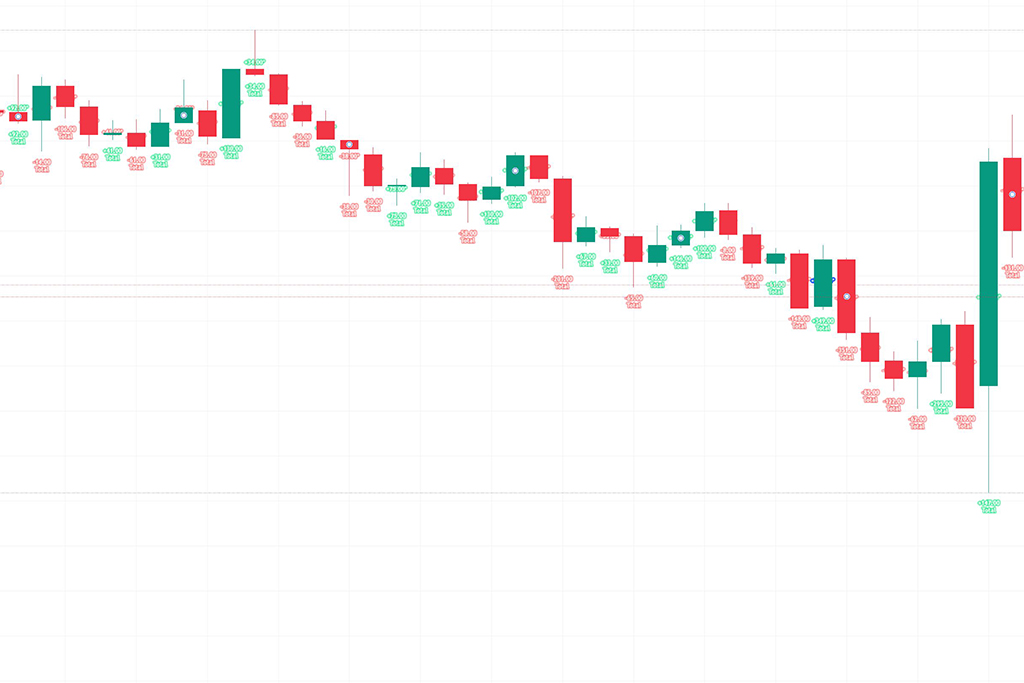
By using TradingView’s Pine Script, Traders can develop personalized volume indicators such as VWAP, VROC, volume divergence, accumulation/distribution, volume oscillators, and volume profile delta. These custom indicators can enhance trading strategies by providing unique insights into volume dynamics and helping traders make informed decisions.
In CFD trading, volume indicators play a crucial role in assessing market dynamics, confirming trends, and identifying potential reversals. TradingView offers a variety of volume indicators, each with its own unique calculations and interpretations. By understanding and utilizing these indicators effectively, traders can enhance their decision-making process and gain valuable insights into market sentiment across various asset classes.
* The information provided here has been prepared by Eightcap’s team of analysts. All expressions of opinion are subject to change without notice. Any opinions made may be personal to the author and do not reflect the opinions of Eightcap.
In addition to the disclaimer on our website, the material on this page does not contain a record of our trading prices, or represent an offer or solicitation for a transaction in any financial instrument. Eightcap accepts no responsibility for any use that may be made of these comments and for any consequences that result. No representation or warranty is given as to the accuracy or completeness of this information. Consequently, any person acting on it does so entirely at their own risk. Any research provided does not have regard to the specific investment objectives, financial situation and needs of any specific person who may receive it. It has not been prepared in accordance with legal requirements designed to promote the independence of investment research and as such is considered to be a marketing communication.
Please note that past performance is not a guarantee or prediction of future performance. This communication must not be reproduced or further distributed without prior permission.


